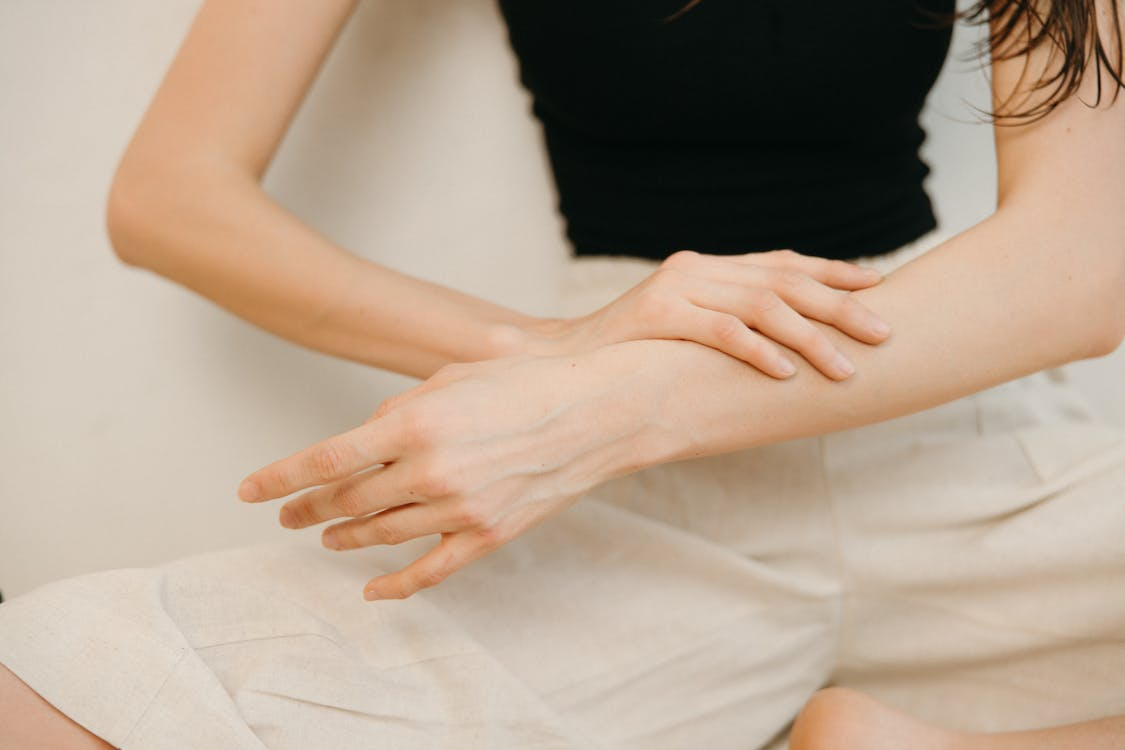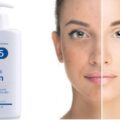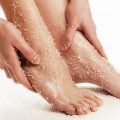Everyone experiences pruritus or itchy skin once in a while. It becomes even more common as the skin gets drier with age. However, if it becomes chronic, it can be a sign of skin conditions (like eczema, hives, shingles, or psoriasis) or contagious diseases (like scabies or ringworm).
While it makes you want to scratch, itchy skin worsens when scratched excessively. Repeated scratching irritates the skin, causes bleeding, and increases the risk of a skin infection. The problem is, scratching soothes your itchy skin, so, more often than not, you can’t just help it.
Fortunately, there are proven ways to help relieve itchiness without scratching right from the comfort of your home. Check these home treatments for itchy skin recommended by dermatologists.
Antihistamines
Histamines are chemicals released by the immune system. They’re known for their role in causing allergy symptoms, including itching. To treat and prevent them, most people take antihistamines.
Over-the-counter (OTC) oral antihistamines are probably the fastest way to relieve itchy skin at home. The most popular antihistamines are sold under Benadryl®, Zyrtec®, and Claritin® but can induce sedation, meaning they’ll make you sleepy.
Second-generation antihistamines have less sedating effects than older antihistamines. One of the most famous brands of it is Xyzal. However, they’re a bit costlier since, as stated, they’re less sedating and a newer drug on the market. The good news is that Xyzal Pricing and other brands can be reduced if covered by insurance or through coupons or discount cards.
Besides antihistamines, over-the-counter hydrocortisone works too. However, while they’re used to treat seasonal allergies and relieve eczema flare-ups, they can’t solve itching issues alone. Hence, they’re commonly used as part of combination therapy, usually with humidifiers, moisturizers, and other treatments.
Remember to speak with your doctor before using any OTC antihistamines or hydrocortisone. This is very important, especially if you’re taking other medications, suffering from other conditions, or are pregnant.
Wet Wrap Therapy
This therapy involves applying water-soaked wraps to itchy skin areas. The wraps are usually made of fabric, such as gauze or surgical netting. They’re meant for rehydrating and soothing the skin while giving it a physical barrier, protecting it from the damage caused by scratching.
It especially benefits kids and helps the skin absorb topical medications. For effective use, gently pat or rub the topical medicine before applying the wraps. Then apply a layer of moisturizer generously.
The National Eczema Association (NEA) recommended the following step-by-step guide for applying wet wraps:
- Moisten a section of fabric wrap (either gauze or surgical netting) in warm water.
- Wrap the water-soaked fabric around the itchy part of the skin.
- Wrap another dry fabric above the water-soaked one.
- Put on soft (cotton) clothes carefully without disturbing the wraps.
- Leave the wraps on for several hours or, preferably, overnight.
WWT is typically recommended to help manage intense flare-ups of itching, especially caused by eczema. While it can be for a few days, it’s best to talk to a doctor or dermatologist if the itching persists. Consider extending WWT or trying an alternative treatment.
Cold Shower or Press
Cold temperature works like WWT. More specifically, it distracts the nerves and offers a numbing effect, which can decrease and provide mild relief from bothersome itching that’s usually caused by dry skin or eczema.
Consider taking a cold (or lukewarm) shower, even in winter. Hot showers have their own benefits, but they’ll only worsen dry and itchy skin since they pull out moisture from your skin. Of course, old habits die hard. Alternatively, start with a cold press, like an ice pack wrapped in a towel or a cold, damp washcloth, first.
Moisturizer
One way to prevent the skin from drying and eventually itching is consistently moisturizing it. It’s recommended to moisturize within three to five minutes after a bath or shower when the pores are still wide open and receptive to moisturizer.
Just choose the right moisturizer for sensitive skin. For example, if you have eczema, opt for a moisturizer with ceramide, which can help restore the skin barrier and trap water in the skin. Additionally, avoid those products with added fragrance.
Colloidal oatmeal
In addition to moisturizers, opt for products with colloidal oatmeal. As its name implies, it’s made from oats grounded to become a fine powder. However, it’s not food but a natural ingredient that’s scientifically proven to help treat.
Research has shown that colloidal oatmeal delivers abundant nutrients, vitamins, and proteins to the skin, making the skin more moisturized and preventing itchiness. Besides a soothing effect, it improves moisture loss and the skin barrier.
One 2020 study discovered that just adding 1% of colloidal oatmeal to a topical cream improved several patients’ skin. Specifically, it supported their skin barrier function, hydration, and pH.
Final Thoughts
Self-care measures and home treatments can easily relieve and prevent chronic itchiness. However, immediately see a medical professional if they persist for more than two weeks despite home care and have been starting to disrupt your life.






